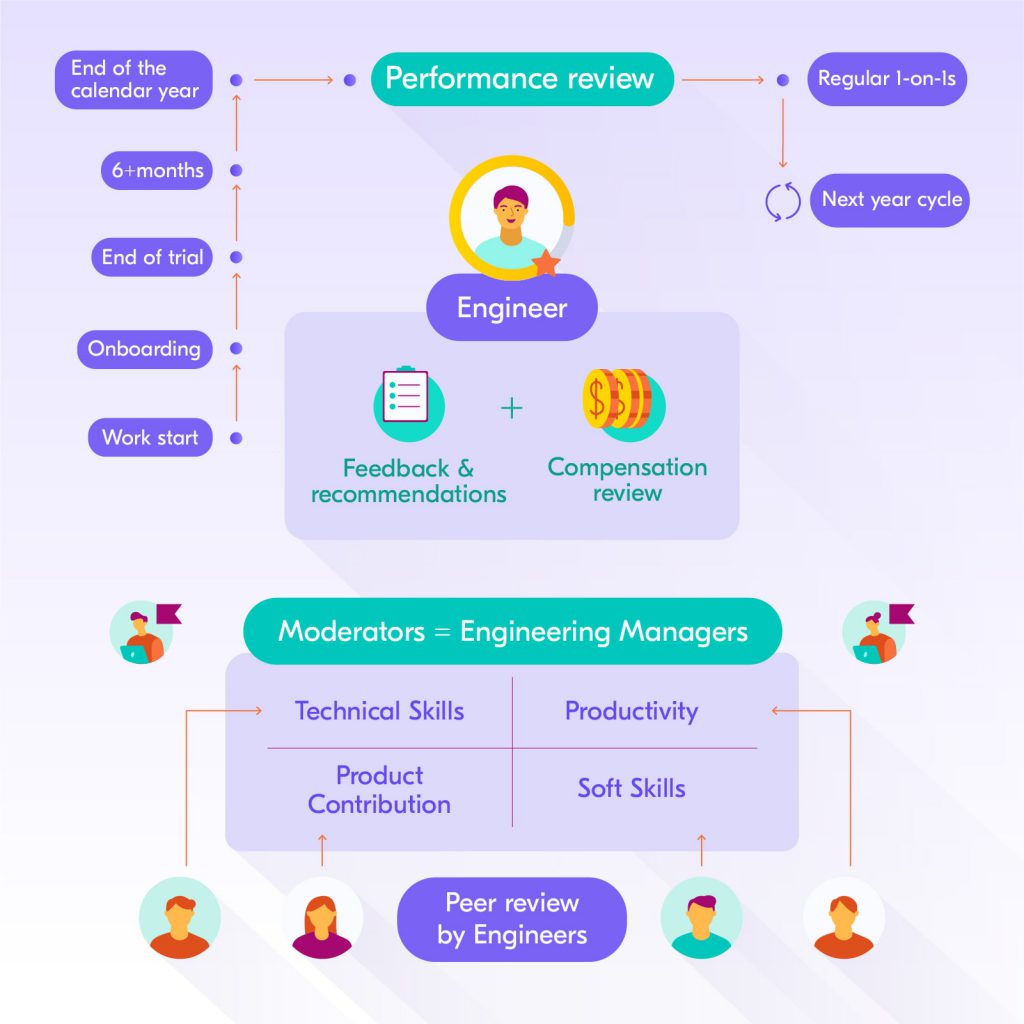Introduction
The creation of Artificial Intelligence (AI) has significantly changed various domains, which includes software development. Probably the most impactful advancements throughout AI is the particular emergence of AJE code generation tools. go to website learning algorithms to be able to automatically generate program code according to natural terminology inputs, reducing development commitment. However, since these tools turn out to be increasingly complex, guaranteeing their performance and even reliability becomes vital. Continuous Performance Engineering (CPE) in AI code generation is definitely an emerging training designed to deal with these challenges. This case study is exploring how CPE can easily be applied to be able to AI code generation tools, focusing in its implementation, rewards, and challenges.
Understanding AI Code Technology
AI code technology refers to the particular process where AI models, particularly all those built on device learning and all-natural language processing, generate code snippets or perhaps complete programs structured on user advices. Tools like OpenAI’s Codex, GitHub Copilot, and others will be prominent examples. These tools aim to reduces costs of coding tasks, assist with debugging, and provide suggestions regarding code improvement.
The Need for Continuous Performance Engineering
As AI code generation tools evolve, they become more sophisticated, coping with increasingly complex duties. This evolution necessitates a robust framework regarding monitoring and boosting performance to guarantee that the produced code is equally efficient and reliable. Continuous Performance Engineering (CPE) addresses these types of needs by developing performance evaluation plus optimization into the development lifecycle associated with AI tools.
Key Aspects of CPE throughout AI Code Era
Performance Monitoring: This involves tracking the particular performance of AI code generation resources in real-time. Metrics such as response time, accuracy regarding generated code, plus resource utilization usually are monitored. Advanced working and analytics platforms can be utilized to collect and analyze these metrics.
Automated Testing: Automated tests are important to validate the particular performance of AI code generation equipment. These tests contain functional testing to be able to ensure correctness, overall performance testing to assess acceleration and efficiency, plus stress testing to be able to evaluate how typically the tool handles higher loads.
Continuous Integration and Deployment (CI/CD): Integrating CPE practices into CI/CD pipelines ensures that performance investigations are part of the regular development cycle. This approach can be useful for identifying efficiency regressions early in addition to applying fixes rapidly.
Feedback Loops: Applying feedback mechanisms allows developers to accumulate insights from consumers about the efficiency of the AJE code generation tool. This feedback will be used to create iterative improvements.
Optimization Strategies: Regularly applying search engine optimization techniques, like refining algorithms, optimizing information processing, and enhancing model accuracy, guarantees that the AJE code generation tool remains efficient and effective.
Case Study: Execution of CPE throughout a Leading AJE Code Generation Tool
Background
In this specific case study, all of us focus on a leading AI code era tool, CodexAI, produced by TechGenius Inc. CodexAI has been developed to assist programmers by generating signal snippets based upon organic language descriptions. Because the tool gained popularity, TechGenius Inc. recognized the will need for continuous performance improvement to fulfill user expectations and manage increasing demand.
Setup of CPE
a single. Performance Supervising
TechGenius Inc. implemented a comprehensive performance checking system for CodexAI. This system tracks key performance signals (KPIs) such because response time, accuracy of generated signal, and system resource utilization. Real-time dashboards provide visibility in to the tool’s efficiency, enabling quick identity of issues.
two. Automated Testing
The expansion team at TechGenius Inc. integrated automatic testing into their CI/CD pipeline. Testing are designed to cover various aspects, including:
Functional Testing: Ensures of which the generated computer code meets the necessary technical specs and performs the intended tasks.
Functionality Testing: Measures response time and throughput under different weight conditions.
Stress Testing: Evaluates the tool’s ability to deal with extreme conditions and even large volumes associated with requests.
Automated screening helps in finding performance issues early in the enhancement process.
3. Ongoing Integration and Application (CI/CD)
TechGenius Inc. adopted CI/CD techniques to streamline the deployment of improvements and gratification improvements. Every single code change causes automated tests and performance evaluations. If issues are diagnosed, they are dealt with before the fresh version is implemented.
4. Feedback Loops
User feedback is definitely crucial for performance improvement. TechGenius Inc. established a feedback loop that gathers user input regarding the accuracy in addition to efficiency of the particular generated code. This kind of feedback is reviewed to identify common concerns and areas with regard to enhancement.
5. Optimisation Approaches
TechGenius Incorporation. regularly applies search engine optimization techniques to CodexAI. These types of include:
Algorithm Refinement: Enhancing the actual algorithms to improve code generation accuracy and even efficiency.
Data Digesting Optimization: Streamlining info handling processes to minimize latency.
Model Education: Continuously training the particular AI model together with new data to further improve its performance and flexibility.
Benefits of CPE in AI Code Generation
Improved Accuracy and reliability: Regular performance supervising and optimization business lead to better signal generation, reducing typically the need for handbook corrections.
Enhanced Efficiency: Continuous performance enhancements make certain that the application operates efficiently, reducing the rates of response and resource consumption.
User Satisfaction: Incorporating user feedback and addressing efficiency issues promptly enhances overall user satisfaction and trust throughout the tool.
Scalability: CPE practices help in scaling the tool to take care of increasing user require and bigger datasets without compromising performance.
Competing Advantage: A well-optimized AI code generation tool stands away in the marketplace, offering a competitive edge over other alternatives.
Challenges and Factors
Complexity of Execution: Integrating CPE in to existing development workflows could be complex and require significant work and resources.
Handling Performance and Reliability: Ensuring that performance enhancements tend not to compromise the accuracy of typically the generated code could be challenging.
Handling User Expectations: Constantly evolving the device to meet end user expectations while sustaining high performance may be demanding.
Data Privacy and Security: Coping with user data and feedback securely is crucial to protect privacy and comply along with regulations.
Conclusion
Ongoing Performance Engineering is a critical exercise for maintaining and even enhancing the overall performance of AI code generation tools. Simply by implementing robust supervising, automated testing, CI/CD practices, feedback loops, and optimization approaches, organizations can assure that their AI tools deliver precise, efficient, and dependable code generation. The case study regarding CodexAI demonstrates the particular benefits and problems of applying CPE in this site, highlighting the importance of ongoing efficiency management in typically the rapidly evolving field of AI. Since AI code era tools continue in order to advance, CPE may play a crucial role in guaranteeing their success and sustainability.







Deja una respuesta